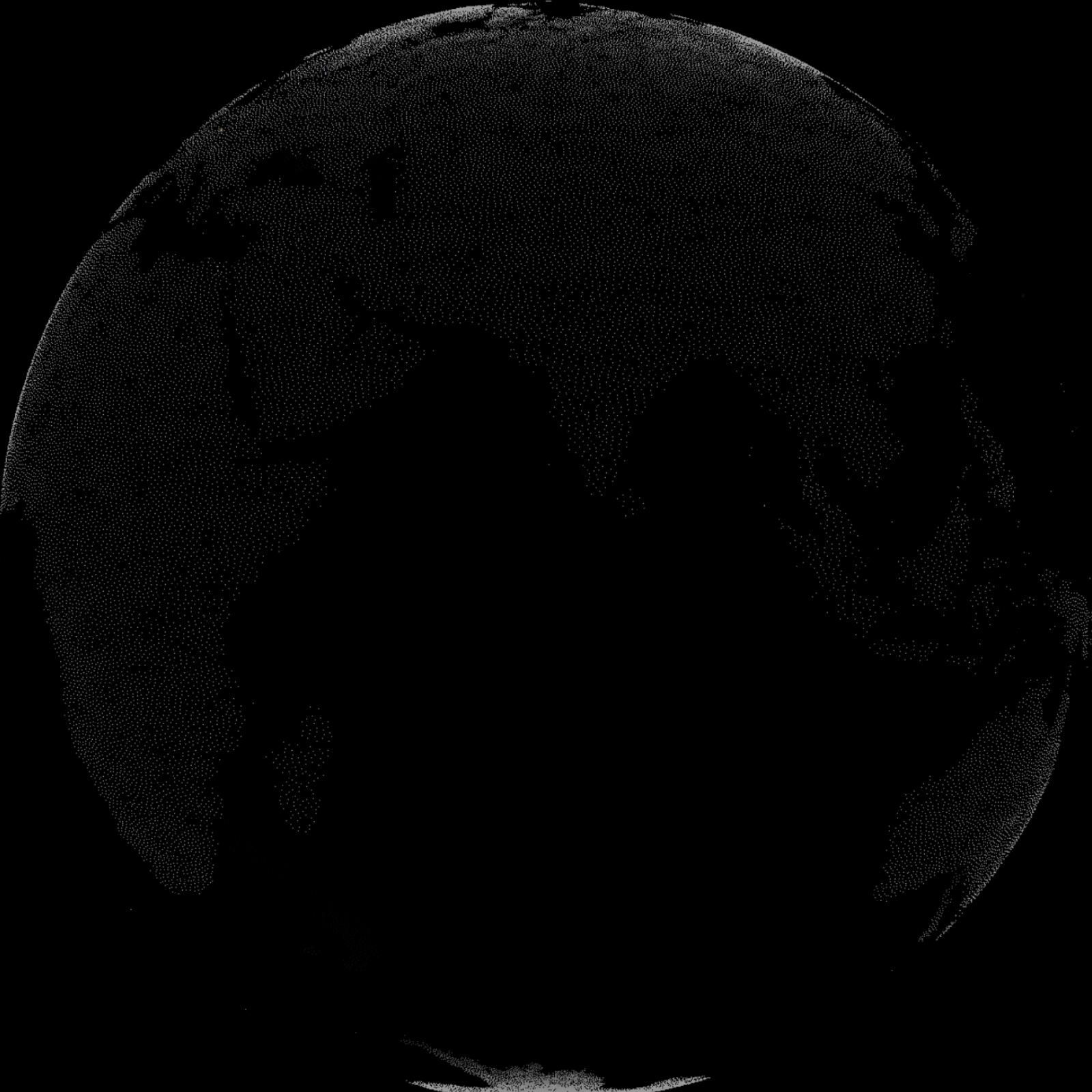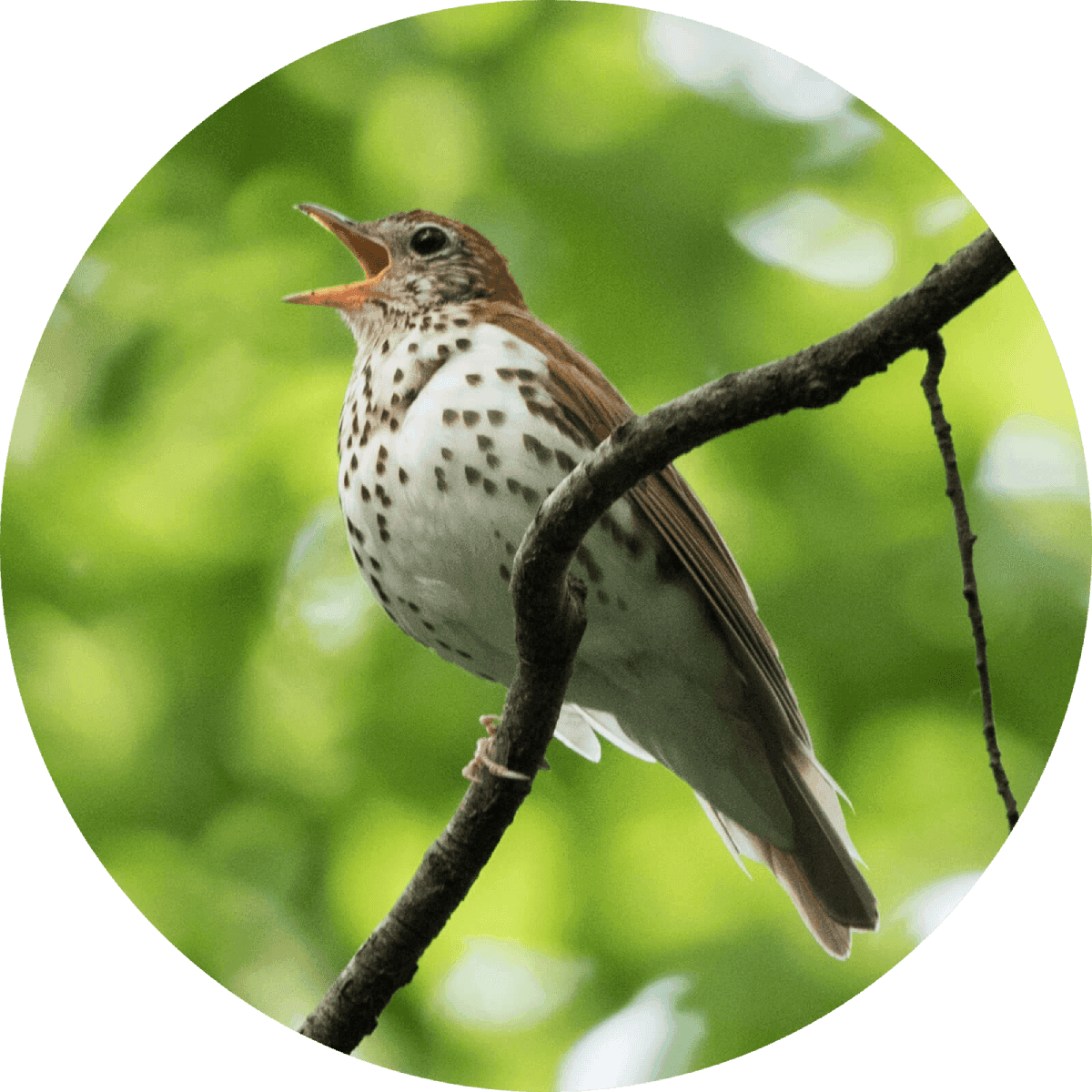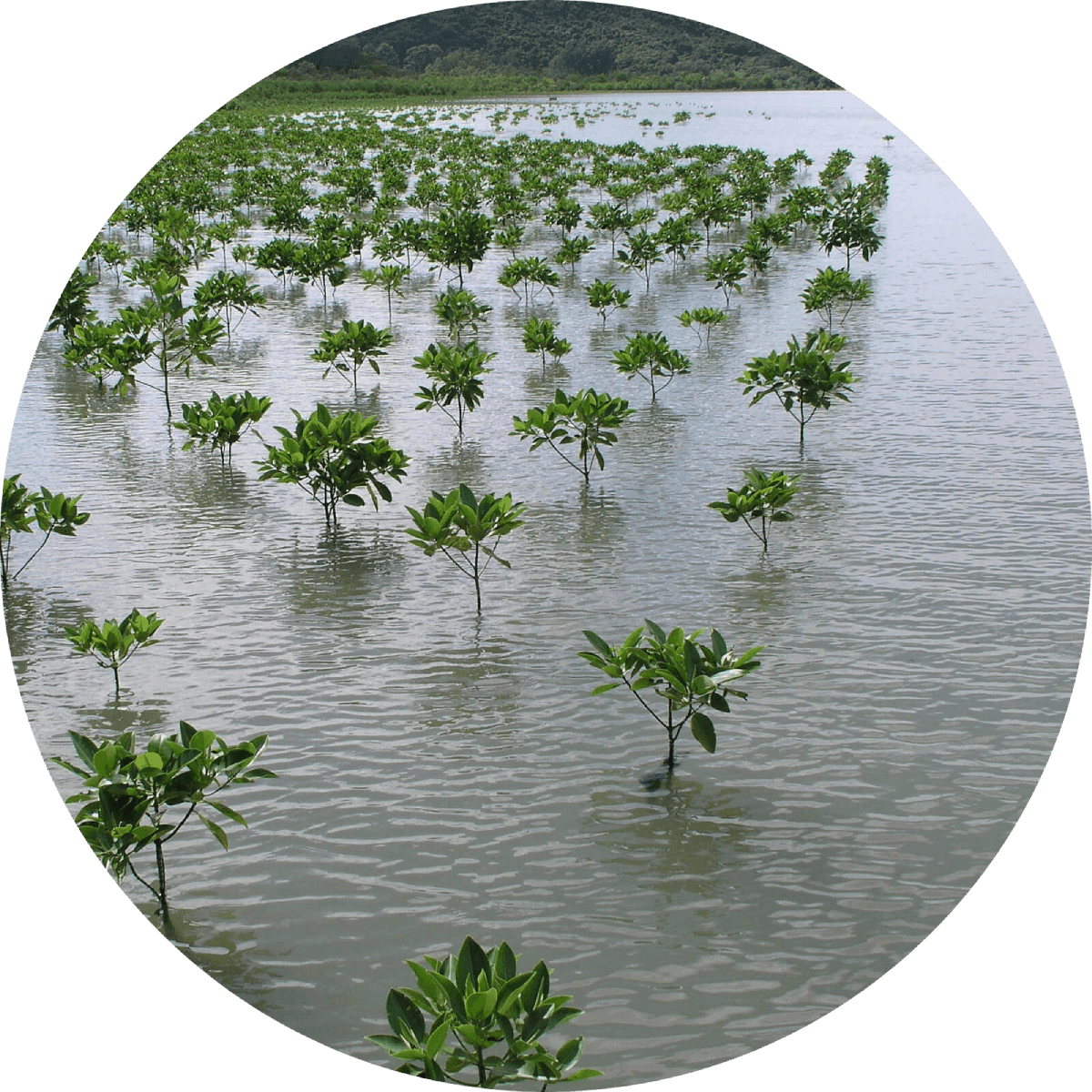"Few biomes on Earth are more fragmented than the Atlantic Forest of Brazil, or the Mata Atlântica. Once stretching unbroken from central Brazil to Argentina, this coastal rainforest was fractured over centuries by logging, agriculture and urban sprawl . . . But there is hope for what’s left, if some of the many island habitat fragments can be reconnected and enlarged. That’s the mission of Saving Nature, an NGO that began regrowing its first forest corridor linking up isolated patches of Atlantic Forest habitat in 2007. The project, dubbed Fazenda Dourada (“Golden Farm” in Portuguese), was selected to help support one of the region’s flagships species, the endangered golden lion tamarin . . . Although largely purchased with biodiversity in mind, these reforested corridors will also have positive climate impacts. Research has shown that larger, more biodiverse ecosystems have the capacity for storing more carbon than plantation forests or degraded agricultural lands. Wooded restored corridors also increase ecosystem resilience against climate change by linking and enlarging vulnerable forest fragments."
"Granted formal rights to their ancestral lands in Brazil’s Atlantic Forest, Indigenous people have stemmed forest loss and improved tree cover, a new study finds . . . To gauge the impact of granting Indigenous people land tenure, the study looked at satellite imagery of 129 Indigenous territories in the Atlantic Forest from 1985 to 2019. It found less deforestation and more reforestation in the 77 areas where Indigenous communities had land tenure, as compared with the 52 areas where Indigenous communities were still working toward land tenure.
"The Atlantic Forest Restoration Pact, a multi-stakeholder restoration movement in Brazil, is on track to naturally regenerate 1.5 million hectares of once deforested land — half-a-million more than was originally pledged by the coalition under the Bonn Challenge – by 2020. If these forests survive until 2023 without being re-cut, the pact will be well positioned to meet its ultimate goal: to naturally regenerate 15 million hectares of the Atlantic Forest by 2050.
"A recent meeting of wildlife experts indicated that the Atlantic rainforest that once stretched along the coast of Brazil and parts of Argentina and Paraguay may soon be the first tropical biome to lose its largest top predator, the jaguar (Panthera onca), Researchers estimated fewer than 250 mature jaguars alive in the entire biome . . . Even worse, molecular analyses demonstrate that local effective population size (a critical parameter for maintenance of genetic diversity) is below 50 animals."
"Mammal extinctions in Brazil's Atlantic forests are occurring at least twice as fast as estimates suggested, according to the latest survey of the region. Jaguars, lowland tapirs, woolly spider-monkeys and giant anteaters are almost absent in Brazilian northeastern forests, which are among the most ancient and threatened tropical ecosystems on the planet. And the white-lipped peccary, a species closely related to pigs, has been completely wiped out."
"In 1999, recognizing the importance of its conservation, UNESCO declared 432 square miles (1120 sq km) in eight separate areas of the forest in coastal northern Brazil a World Heritage Site. The organization deemed this acreage to be an irreplaceable part of the world’s forest heritage and of great interest to science."
"By late 1993, S.O.S. Mata Atlantica had completed its survey of the entire Atlantic Forest over the five-year period 1985 to 1990. It showed that 5,330 square kilometers had been lost and that by the latter date only 83,500 square kilometers — a little more than 8 percent of that forest was presumed to have existed in 1500 — remained."
"The year 1991 marked an important landmark when Brazil approved its first Atlantic Forest Biosphere Reserve (RBMA) through UNESCO. The reserve became what is the largest Biosphere Reserve on the planet, with 89,687,000 ha encompassing the Atlantic Forest Biome."
Fundacao S.O.S. Mata Atlântica was officially founded in 1986 with a mission to "defend the Atlantic Forest areas, protect the communities that inhabit the region, and preserve their natural, historical, and cultural heritage."
"During the 1970s, golden lion tamarins nearly went extinct in the wild: their population size was estimated at just a couple of hundred individuals, mainly due to the illegal pet trade and habitat loss and fragmentation."
"We shall never restore the climate and biotic soil conditions that we had."
"The Brazilian government took a significant step to preserve its forests in 1965, when it revised the country's forest code. The law required landowners to preserve areas around rivers and forests on steep slopes. For the Atlantic Forest, it dictated that 20% of any rural property must be maintained a reserve."
"Do you not hear the earth tremble, poor thing, in paroxysms of desolation? The tree is the perfection of form consecrated to the vegetable realm! It is the glory of the backlands! It is the friendly companion, it is the beloved companion!"
"The desiccated vegetation leapt into flames with a roar, the popping of bamboo stalkers, according to one observer, sounding like rifle fire, the rending of the trunks, like artillery. From the volcanic conflagration a whirlwind of smoke soared into the sky, carrying brilliant geysers of sparks. For many hours ashes fell like rain. The fire would go on for days, then it would smolder for many more, from its embers rising "spiracles of grey smoke, as if escaping through crevices from an immense furnace, hidden and burning beneath." At last the rains came, washing into the greasy much of the humus and soil the nutrients released from the rich bed of ashes."


Learn about Maya Lin’s fifth and final memorial: a multi-platform science based artwork that presents an ecological history of our world - past, present, and future.

Discover ecological histories and stories of former abundance, loss, and recovery on the map of memory.

Learn how we can reduce our emissions and protect and restore species and habitats – around the world.

See how art can help us rethink the problems we face, and give us hope that each one of us can make a difference.

Help make a global memorial something personal and close to home. Share your stories of the natural world.